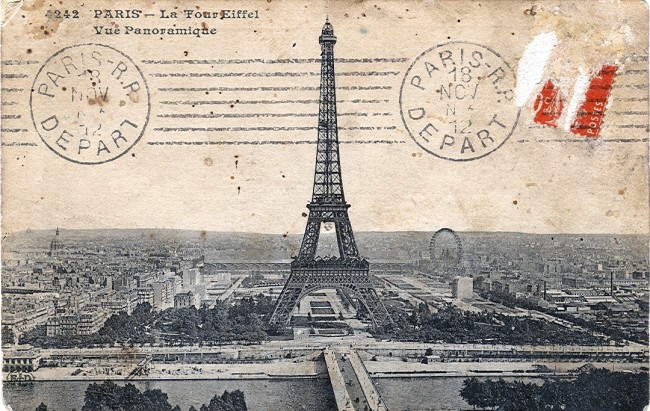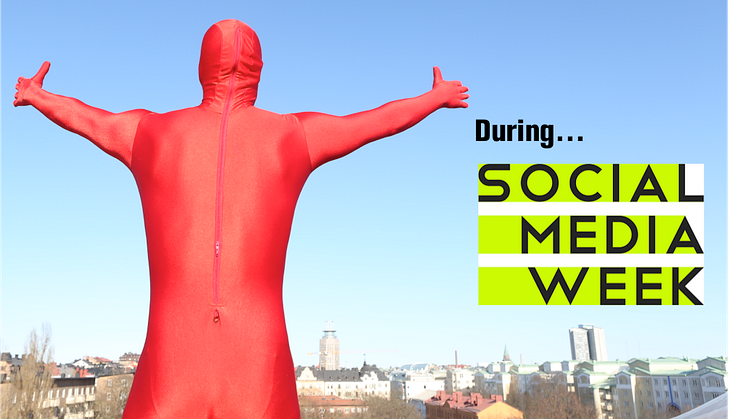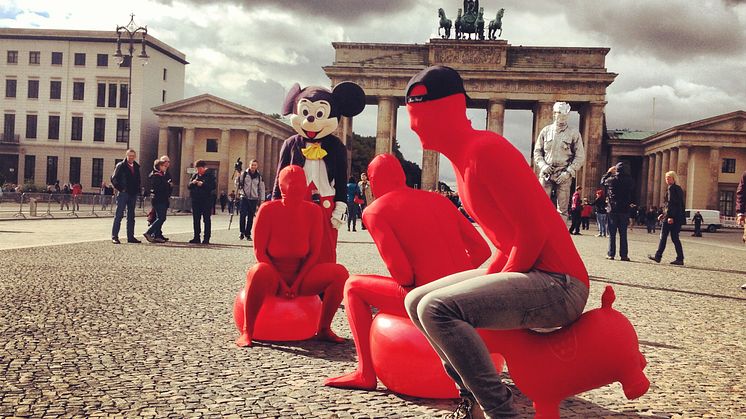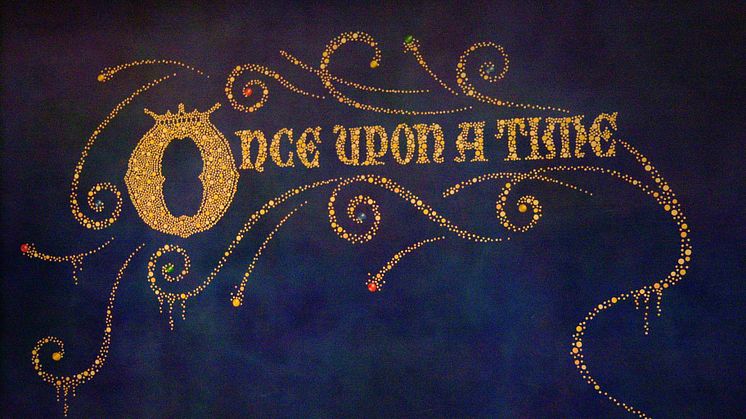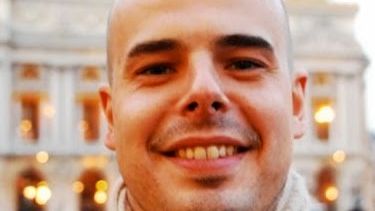
Blog post -
How my global content strategy boosts ROI
Eric Ingrand, EnVeritas Group's Vice President of Content Marketing EMEA, recently collaborated on A Christmas Story: Content marketing for ecommerce success in a multicultural world which aims to give insights into how the world's best brands are using the power of multilingual content to boost their retail sales during the festive period. He talks about the power of content and how to get it right on an international level.
Can you tell me a little about yourself?
I started working in the travel industry in the digital space in 1998 for a global distribution company which connected vendors with suppliers and were very active in e-commerce. I started when big travel sites began to boom and were launching new technology so that consumers could buy tickets while relaxing on a couch. That was something revolutionary. I started working in this industry when I was 20 years old and never left.
What made the success of these new travel websites at that time was the combination of two things: great technology and good content. This was now easily accessible by millions of people which led me to continue to develop ideas around the value of quality content.I was not interested in black hat SEO tricks to fool search engines, I wanted to focus on quality content which would lead to higher conversion and long term loyalty. This was already proven by Expedia and their launching of aggregated quality content of bookable offers which created this huge change. Of course you get return on advertising and pay-per-click but ultimately I believe that content was and is the greatest source of success for a vendor online.
When did you start working for EnVeritas?
I was hired by 10Best.com which was created by the CEO of EnVeritas before it was bought over. It is now owned by USA Today. The idea was to create posts on the 10 best things to do in 500 cities in the world - whether that be 10 best restaurants, nightclubs, museums and so on. This is where I realised the true power of content because by doing that we were able to attract 2 million unique visitors to the site on a monthly basis. Firstly, we began offering this content to hotel suppliers and in years to come hotel sites started to approach us as they wanted to provide the same kind of content for their visitors.
At that time hotel websites were very simple, mainly just a few pictures, very little about the hotel and a booking engine if you were lucky - most of the time it was just “send us an email.”
Big chains like ISG and Thompson who had the technology to have a good booking engines started to hire designers to create a site which better supported their brand values. However, they were lacking cool content. So we saw an opportunity to create these city guides and sell them to different suppliers.
What they found was that the content helped to get visitors to stay on their site and eventually book. Therefore, buyers who stayed longer had a greater chance of converting.
I came on board to lead the new venture in Europe and create something which could provide quality European content. My colleague Lisa Plumridge, who was also working for 10best.com, created a network of high quality content professionals that could write in multiple languages for various publishers. So that was the first step of EVG Europe. We decided to focus on only B2B including hotel chains and grew into a content marketing agency rather than just a destination content agency. The aim was to create quality content in multiple languages and to have people in the same room who can optimise the website and write good copy. That’s something that 3 to 4 years ago was not common practice because even though it works better, good content is expensive and the big buzz online was SEO - “How can I trick Google?”
We always believed that good quality content created better conversion and drove traffic to websites. We continued to do our thing the way we thought. If you look at the WIKA case study we helped them to change from using borderline black hat SEO tactics to creating valuable content and rethinking how they use social media, with their keyword conversion rate increasing by 1962% and visitors to their site growing by 48% you can see how successful this has been for them.
How did you develop this type of content strategy?
Content is a long term strategy which you must grow steadily in order to gain a loyal audience. The B2B industry is very niche and there is less competition. When you do content creation and SEO for a hotel company that has 25 hotels in Paris, a city which already has over 1,000 hotels, that’s a very competitive space. We learned how to create content in a different way so that you don’t look the same as every other site out there and you don’t talk about the same things using keywords which aren’t as competitive. From that experience we grew multilingually.
Do you think it’s possible for brands to have one strong story globally or do you think it’s better for brands to develop smaller local stories to better suit each market?
I think it’s a mix of both. Global without local is not possible, it won’t work. You can eventually have a global story for your brand but you have to constantly evaluate it. The only way for it to be successful is to have strong local content too. The best example is Coca-Cola, they launched Content 20:20 and have changed the entire way the company communicates. Coca-Cola has always been a global company with their red branding but have always presented their story at a local level. They have been localising their slogan, really the first brand to do so in so many different languages, for such a long time. They are one of the first brands to understand the power of content marketing. They came out in front of all the advertisers at Cannes Lions and said they that they would be providing all of this content for free. They said they would spend less on advertising and do a lot more on different things. That was a very bold move.
However, I am not saying that advertising is dead, not at all. When you talk about your product you have to do it in a culturally adapted way. Content marketing is really about how a culture reacts to a certain concept. It can be very different across countries. To understand that you need to have local people creating this content, so we created a global network of writers, first in English but living in different cities across the world, all travel writers. Then we reached local journalists, editors and specialists. They began creating and adapting content to suit a local audience. In this way you can take a global campaign and deploy it in the best local way. They are the ears and eyes on the ground.
Check out Coca-Cola's video on Content 2020...
Does social media work best on a global or a local level?
Social media is deeply local. Yet again you need to have a global strategy which sticks to brand values but works with local insights. It’s very expensive to have a social media team in every country but there are ways to do it:
- In big cities like London and Paris you can have people working for you from all over the world.
- I must advise that you don’t go for too many markets at the one time. Take it one market at a time and build your strategy well in that country.
- Put the same attention in your social media and content practices in every language as you would in your original language.
- It’s almost impossible to launch a website which does well in 25 languages, I believe translation tools such as Google Translate are good for some parts of your website but should not be used for all of your pages. It’s fine for technical content but it should only be for pages which do not tell your story or explain your product.
When a company expands internationally do you think it’s best to stay true to their country of origin in their brand identity and values or do you think they should adapt this to the local country they’re expanding into?
That’s a very good question but a difficult one to answer. There are a lot of different views there. Visually a brand needs to stay the same everywhere as that’s how you are recognised. I think that visually it’s important to stay consistent with your overall image especially if you want to enter into the mainstream. There are great and very expensive agencies which are good at understanding the symbolism behind colours and so on. Beyond that I think everything else should be customised for the market.
You need 12 languages to reach 80% of the earth. It doesn’t mean that the content needs to be changed all the time, it just needs to be checked and adapted where necessary to make the best possible impact. This applies even to American, Canadian and British English - the tone is just not the same.
You either need to work with an international agency to help you with this or build local teams with “content champions” who create content that your customers want and need. If you decide to create local teams then I believe you will be more successful than if you launched a centralised global campaign.
Do you have any top tips for PR pros when creating content for a global audience?
- The length of the overall messages is sometimes too long. The strength is in strong headlines and shorter formats.
- Make sure you understand who are the most powerful social media players in each local market and engage with them or try to involve them with your brand.
- Do quality research on keywords. Never stuff your text with keywords but have a look at a couple which are less competitive. Only try to use them when you have a way to integrate them into your content in a way that doesn’t hurt the quality of the piece.
